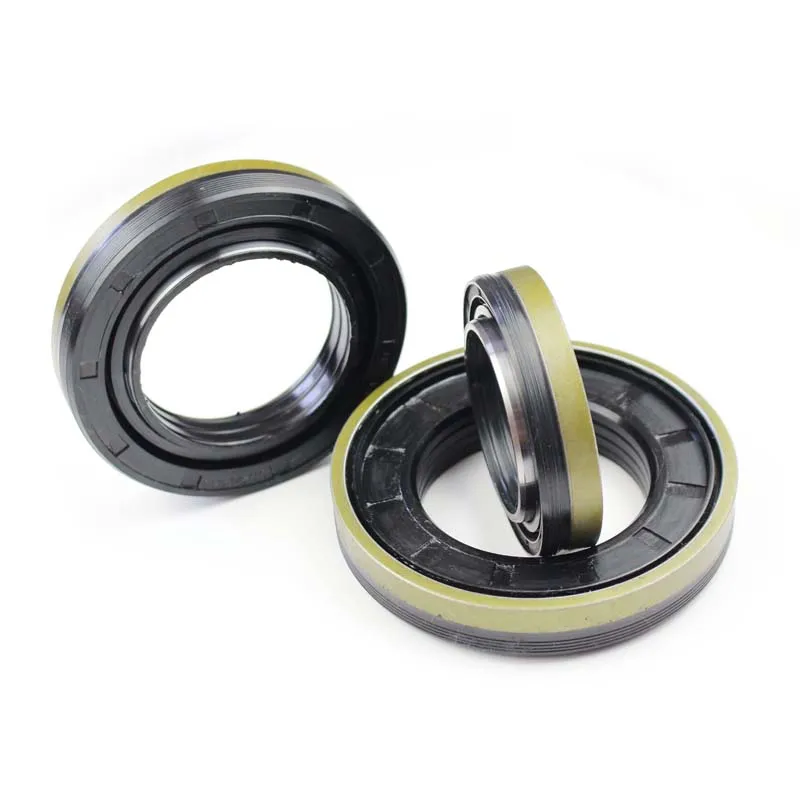Water Pump Shaft Seal Maintenance and Performance Optimization Tips
Understanding Shaft Seal Water Pumps
Shaft seal water pumps play a crucial role in various industries, providing efficient water management solutions for numerous applications. These pumps are designed to maintain the integrity of the system by preventing the leakage of fluids, ensuring that water moves seamlessly from one location to another without any loss or contamination.
At its core, a shaft seal water pump operates by transferring energy from a motor to the water, allowing for the movement of water through pipes or channels. The key component that distinguishes these pumps is the shaft seal, which acts as a barrier to prevent any escape of the pumped fluid out of the casing. This is particularly vital in scenarios where the fluids being transported are hazardous, corrosive, or expensive, underscoring the need for a reliable sealing system.
Components of a Shaft Seal Water Pump
The essential components of a shaft seal water pump include the impeller, motor, casing, and the shaft seal itself
. The impeller is a rotating component that creates the dynamic pressure necessary to move water. The motor powers the impeller, and the casing houses the entire assembly, providing stability and protection.The shaft seal, however, is the heart of the solution when it comes to preventing leakage. It can be a mechanical seal or a packing seal, with mechanical seals being the more advanced option. Mechanical seals consist of two primary components that create a tight seal; one is attached to the shaft while the other is secured to the pump casing. This setup allows for minimal friction, reducing wear and tear, and extending the pump's lifespan.
Importance of Proper Maintenance
shaft seal water pump

Proper maintenance of shaft seal water pumps is essential for ensuring their optimal performance. Regular inspections should focus on the condition of the shaft seal, as wear and tear can lead to leaks, pump inefficiency, and potential environmental hazards. Early detection of seal degradation allows for timely repairs or replacements, significantly reducing downtime and maintenance costs.
In addition to monitoring the shaft seal, it's important to check the entire unit, including the motor and impeller, for any signs of irregularities. Adequate lubrication, cleaning of components, and alignment of the pump and motor are critical practices that enhance the longevity and reliability of the water pump.
Applications of Shaft Seal Water Pumps
Shaft seal water pumps find their applications across various sectors including agriculture, construction, and municipal services. In agriculture, these pumps are vital for irrigation systems, ensuring that water is efficiently directed to crops. In the construction industry, they manage the water levels at sites, preventing flooding and facilitating safer working conditions. Municipal services utilize these pumps in water treatment plants and drainage systems, emphasizing the importance of a well-functioning shaft seal to protect public health and safety.
Conclusion
Shaft seal water pumps are indispensable tools in modern water management, providing vital functions across numerous sectors. Understanding their components, importance, and the need for regular maintenance ensures that these systems operate effectively. With the right care, shaft seal water pumps can continue to serve their purpose reliably, contributing to a more efficient and safe water management framework.
-
Understanding the Front Main Engine Seal: Purpose, Maintenance, and Installation
News Jul.29,2025
-
Understanding O-Rings and Seal Rings: Types, Applications, and Custom Solutions
News Jul.29,2025
-
Understanding Crankshaft Oil Seals: Rear Seals, Pulley Seals, and Their Role in Engine Integrity
News Jul.29,2025
-
The Importance of Front and Rear Crankshaft Seals in Engine Performance and Oil Management
News Jul.29,2025
-
Crank Oil Seals: Functions, Types, and Cost Considerations in Engine Maintenance
News Jul.29,2025
-
A Comprehensive Guide to O-Rings and Seals: Types, Materials, and Global Applications
News Jul.29,2025
-
Mastering Diesel and Performance Engine Maintenance: A Guide to Critical Oil Gaskets
News Jul.28,2025
Products categories















